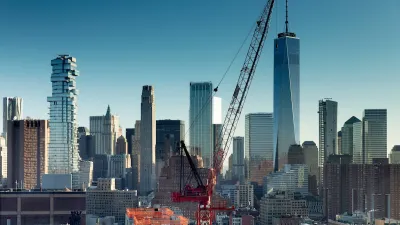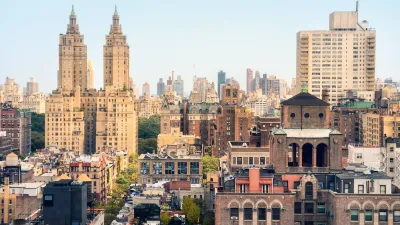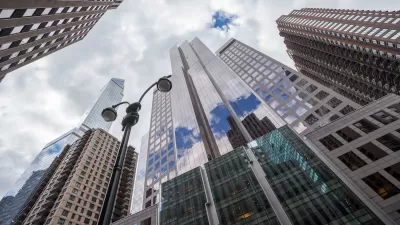The signature zoning and planning effort of the Adams administration took a step forward recently, with changes meant to clear red tape for businesses in New York City.

More details on New York Mayor Eric Adams “City of Yes” zoning reform agenda were made available recently. In June, Mayor Adams and New York Planning Director and City Planning Commission Chair Dan Garodnick revealed the “City of Yes for Economic Opportunity” zoning text amendment, the second of three zoning text amendments planned by the Adams administration and first announced in June 2022.
“The City of Yes for Economic Opportunity amendment aims to support small business growth through four pillars: revitalizing commercial corridors, filling vacant storefronts, modernizing use regulations, and investments in key growth industries,” according to an article by Veronica Rose for CityLand. “The changes to the zoning text aim to remove obstacles that slow down or prevent the growth and development of small businesses.”
The zoning amendment includes 18 policy changes in all, including a large expansion of small-scale clean manufacturing, new space for industrial uses, new allowances for businesses to operate on ground floors, and new opportunities for corner stores, among others.
“The formal public review is expected to begin this fall,” reports Rose. “Currently, the first City of Yes amendment, City of Yes for Carbon Neutrality, is in the public review process and being reviewed by community and borough boards. The third amendment, the City of Yes for Housing Opportunity, is expected to enter public review next spring.”
FULL STORY: Mayor and City Planning Unveil Details for City of Yes for Economic Opportunity Zoning Text Amendment

Rethinking Redlining
For decades we have blamed 100-year-old maps for the patterns of spatial racial inequity that persist in American cities today. An esteemed researcher says: we’ve got it all wrong.

Planetizen Federal Action Tracker
A weekly monitor of how Trump’s orders and actions are impacting planners and planning in America.

Walmart Announces Nationwide EV Charging Network
The company plans to install electric car chargers at most of its stores by 2030.

Seattle’s Pike Place Market Leans Into Pedestrian Infrastructure
After decades of debate, the market is testing a car ban in one of its busiest areas and adding walking links to the surrounding neighborhood.

The World’s Longest Light Rail Line is in… Los Angeles?
In a city not known for its public transit, the 48.5-mile A Line is the longest of its kind on the planet.

Quantifying Social Infrastructure
New developments have clear rules for ensuring surrounding roads, water, and sewers can handle new users. Why not do the same for community amenities?
Urban Design for Planners 1: Software Tools
This six-course series explores essential urban design concepts using open source software and equips planners with the tools they need to participate fully in the urban design process.
Planning for Universal Design
Learn the tools for implementing Universal Design in planning regulations.
City of Moorpark
City of Tustin
City of Camden Redevelopment Agency
City of Astoria
Transportation Research & Education Center (TREC) at Portland State University
Regional Transportation Commission of Southern Nevada
Toledo-Lucas County Plan Commissions





























